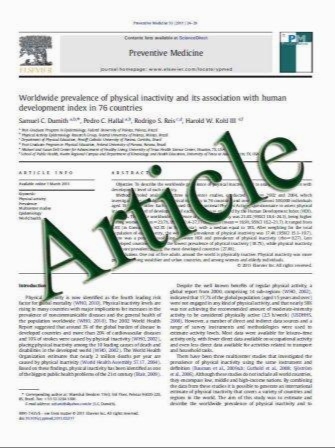Pseudodominant inheritance of nephronophthisis caused by a homozygous NPHP1 deletion
- نوع فایل : کتاب
- زبان : انگلیسی
- مؤلف : Julia Hoefele & Ahmet Nayir & Moumita Chaki & Anita Imm & Susan J. Allen & Edgar A. Otto & Friedhelm Hildebrandt
- چاپ و سال / کشور: 2011
Description
Nephronophthisis (NPHP) is an autosomal recessive kidney disease characterized by tubular basement membrane disruption, interstitial infiltration, and tubular cysts. NPHP leads to end-stage renal failure (ESRD) in the first three decades of life and is the most frequent genetic cause of chronic renal failure in children and young adults. Extrarenal manifestations are known, such as retinitis pigmentosa, brainstem and cerebellar anomalies, liver fibrosis, and ocular motor apraxia type Cogan. We report on a Turkish family with clinical signs of nephronophthisis. The phenotype occurred in two generations and therefore seemed to be inherited in an autosomal dominant pattern. Nevertheless, a deletion analysis of the NPHP1 gene on chromosome 2 was performed and showed a homozygous deletion. Analysis of the family pedigree indicated no obvious consanguinity in the last three generations. However, haplotype analysis demonstrated homozygosity on chromosome 2 indicating a common ancestor to the parents of all affected individuals. NPHP1 deletion analysis should always be considered in patients with apparently dominant nephronophthisis. Furthermore, three out of four patients developed ESRD between 27 and 43 years of age, which may be influenced by yet unknown modifier genes.
Pediatr Nephrol (2011) 26:967–971 DOI 10.1007/s00467-011-1761-9 Received: 5 November 2010 / Revised: 29 November 2010 / Accepted: 2 December 2010 / Published online: 22 January 2011


